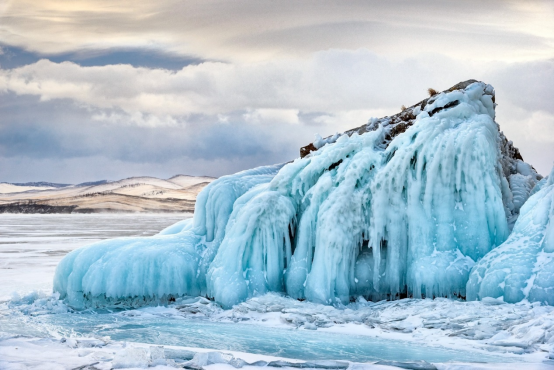
650million years ago,during the global ice age, the earth was like a snowball, and at this time, the frozen sedimentary rocks were formed. They are some clastic deposits, disorderly mixed with fine or coarse sedimentary rocks, which are usually polished, polished or scratched. They are distributed on all lands - we suspect they were once concentrated in one place - more specifically, in the tropics, usually the hottest areas on earth.
These sedimentary deposits, which are hundreds or even thousands of meters thick, have one feature: their surfaces are covered with carbonates formed in the ocean when the climate is hot. The contact surface between the frozen sedimentary rocks and these calcareous rocks is very clear. Since there seems to be no gap between these deposits, the continuous deposition of these two sedimentary rocks means that the earth suddenly entered a hot climate from an ice age.
These carbonate deposits are relatively consistent, with a thickness of several meters to more than ten meters. They are compressed in a relatively fine manner, showing some unusual characteristics: they contain sedimentary rocks formed by avalanches in both deep and shallow seas, sometimes rock structures (stromatolites) formed by life, and even sedimentary rocks in coastal areas with frequent storms.
We suspect that during the ice sealing period, CO2 emitted by submarine volcanoes first accumulated under the ice sheet, and then suddenly released in large quantities. These greenhouse gases may cause the temperature to rise sharply: in 5million years, the surface temperature first rose from -40 ℃ to nearly 50 ℃. However, judging from the CO2 content level in the sedimentary rocks of 635million years, this conjecture has not been confirmed; Another guess is that methane (also a greenhouse gas) is released in large quantities at an extremely fast rate.
Related reading: Snowball Earth (2.4 billion years ago); Return to cold (750million years ago); Interpretation of continental strata (1669).